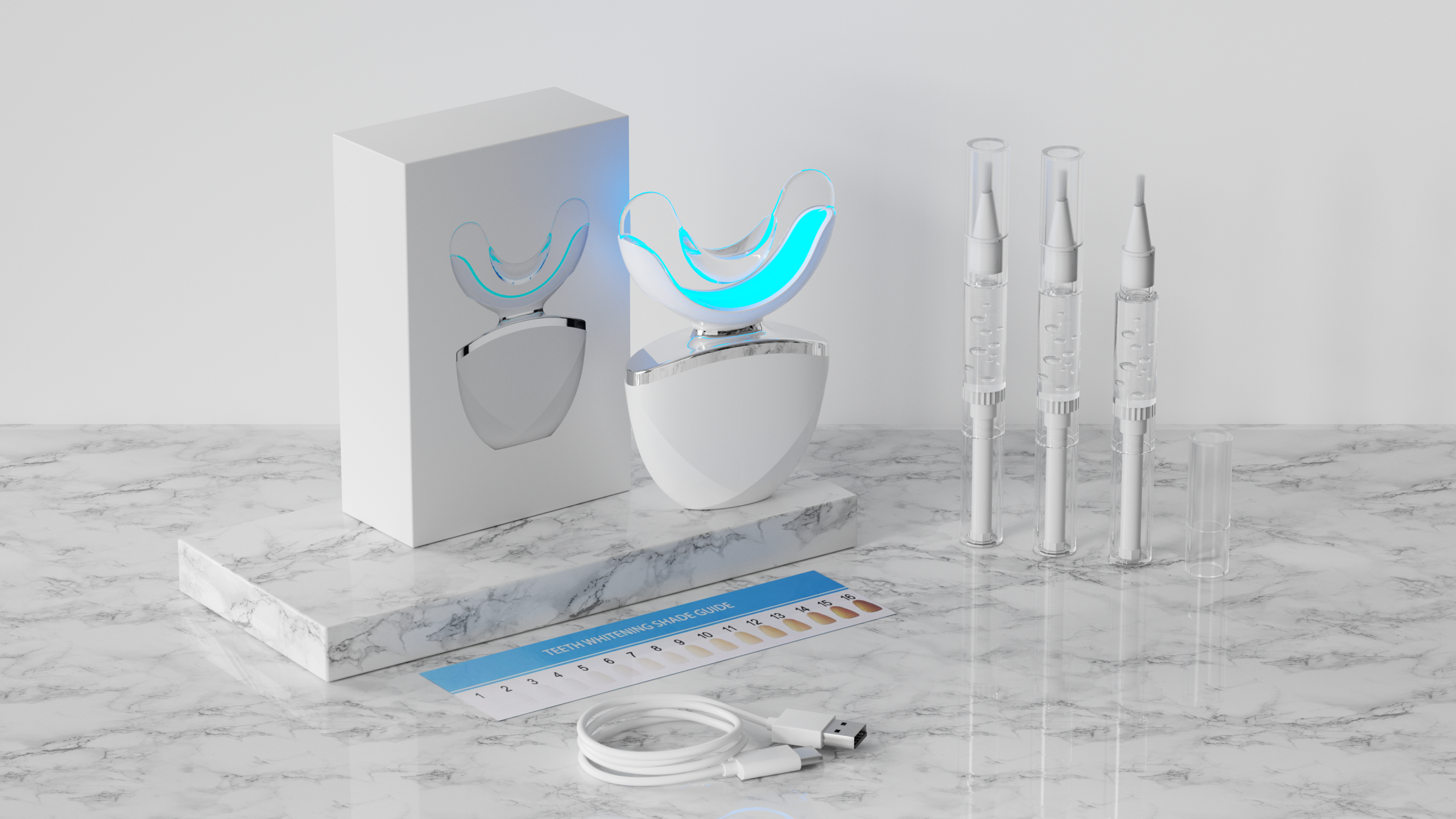In precision oral care or grooming devices, system-level reliability is key. Yet, in recent OEM failure analysis cases, one hidden yet recurring issue is gaining attention: indicator failure triggered by motor resonance. While at first glance, a blinking light or non-responsive LED may seem like an isolated electrical problem, the root cause often lies in mechanical vibration patterns. How exactly does motor resonance affect indicator circuits, and what can manufacturers do to prevent this cascade failure?
Motor resonance occurs when a motor’s operational frequency aligns with the natural frequency of certain internal components—causing amplified vibrations. These can stem from:
In devices like sonic toothbrushes or water flossers, this phenomenon isn’t just about sound or feel—it creates ripple effects across the electronic subsystems, including the indicator module.
Indicator failure can present in several forms:
Notably, these issues often appear only during active operation—which points toward vibration-induced instability rather than static electrical failure.
How exactly does motor resonance lead to indicator failure? Here’s the underlying mechanism:
This interplay is particularly evident in compact, tightly packed devices where mechanical and electronic systems are in close proximity. Company web:https://www.powsmart.com/product/electric-toothbrush/
Preventing indicator failure due to motor resonance begins with mechanical-electrical co-design. Key strategies include:
Additionally, it’s critical to ensure motor vendors provide frequency stability reports across the operating voltage range.
Beyond design, production-stage and post-assembly QA processes can help catch resonance-linked issues before shipping:
These data-driven tests can be compiled into compliance reports for clients, especially in medical or high-end oral care markets.
By solving this invisible issue, manufacturers can:
For OEM clients, such reliability translates directly to higher customer satisfaction, fewer returns, and longer product lifecycle—which are strong commercial advantages in competitive markets.
Yes, motor resonance can indeed cause indicator failure—not through direct contact, but via vibration fatigue, noise interference, and mechanical-electrical misalignment. For B2B manufacturers, understanding and addressing this hidden failure pathway is essential for ensuring system-level quality. With proper vibration analysis, smart PCB layout, and QA testing protocols, manufacturers can deliver robust, stable products that reflect next-level engineering foresight. Contact us
.jpg)
.jpg)

Does Wireless Charging Toothbrush IPX7 Release Material Toxicity?
.jpg)
Smart Electric Toothbrush Manufacturing: How to Choose the Best OEM Partner
Battery Depletion with Pressure Fluctuation – Linked?
Children’s Day Gift Ideas Electric Toothbrush | Powsmart
Smart Brush Electrostatic Coating | Electrostatic Spray Coating
Electric Toothbrush for Beauty Box Subscription | Personalized Oral Care

How does a toothbrush OEM factory ensure quality for private label toothbrush?

How Much Does It Cost to Whiten Teeth at Home? – OEM Teeth Whitening Kit Pricing

Travel Water Flosser Design: Power Compatibility, Storage & Waterproofing
Are Firmware update failures Linked to False Advertising Claims?

Is a Texas travel toothbrush with a Texas tax-free advantage — worth it?

About the Battery Maintenance Problem During the Use of Electric Toothbrush
Dallas Toothbrush Sale: Factory-Direct Discounts with Global Shipping
Is Button Malfunction Causing Uneven Bristles Disaster?

Do V-Shaped Heads Clean Braces Better?

Can the Elderly Use Electric Toothbrushes?

Customization Teeth Whitening Gel

electric toothbrush heads Deep Clean

Electric toothbrush heads Charcoal Infused-Diamond
.jpg)
Florida Electric Toothbrush – Powsmart PTR-C8

electric toothbrush heads Regular Clean

Private Label Whitening Gel

electric toothbrush heads Charcoal Infuse-Round

electric toothbrush heads Ultra Soft
whstapp
whstapp
National Toll-Free Service Hotline
+86 755 86238638